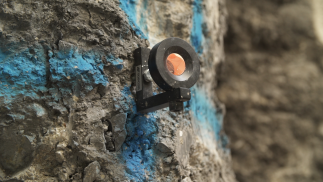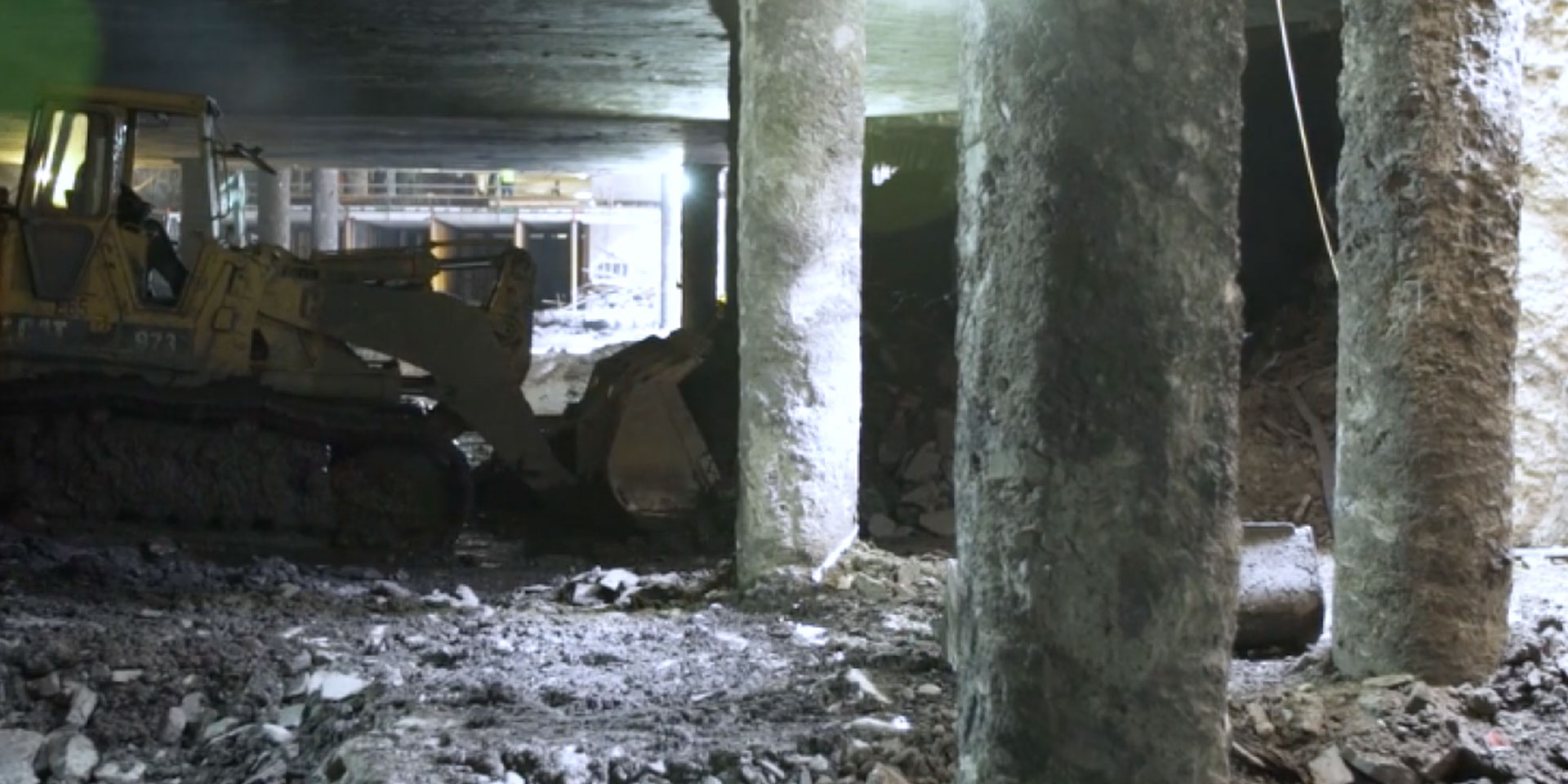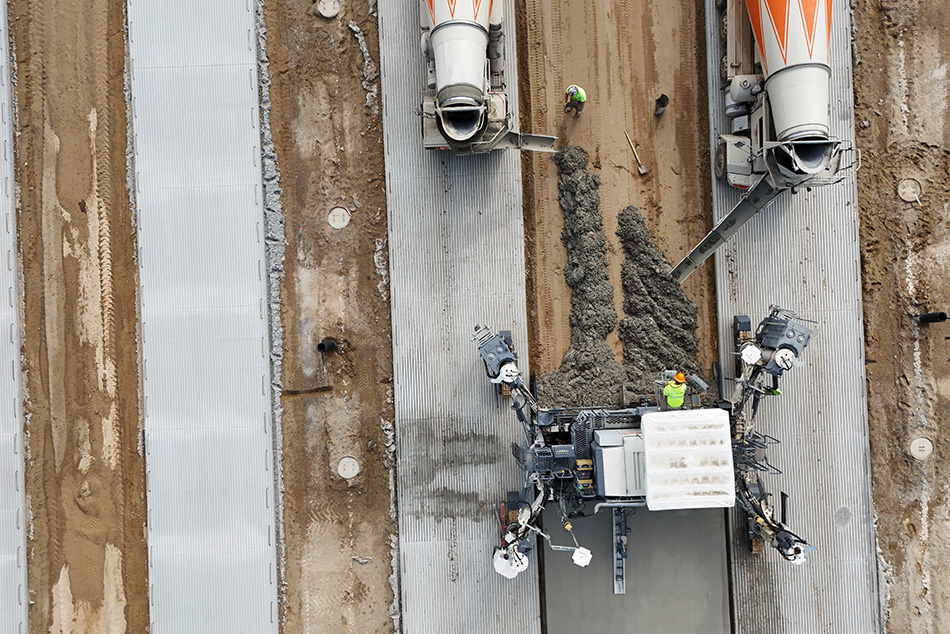Imagine being surrounded by walls. What would you do if they would suddenly start moving? Indeed, the best idea would be to leave the room as quickly as possible. The thing is: how do you know for sure the walls are in motion?
In Dublin, the capital of Ireland, construction company Glenbrier is developing a brand new urban centre in the prestigious quarter of Ballsbridge. 'Number One Ballsbridge' consists of three buildings which will comprise luxurious apartments, offices, retail, and leisure facilities.
Because of the limited timeframe of this project and the high-end profile of the area, Glenbrier had to go with a challenging approach to construct the two levels of the buildings' basement. That's when they faced the risk of moving walls.
“This location is a largely residential, high-end property area of Dublin. This project is part of a larger scheme, in which commerce is also becoming a part of the Ballsbridge area,”
Stephen McManmon, Contracts Manager at Shannon Valley Group
A secant pile wall
“Initially, the basement was to be supported at both of its levels. But because of the construction method and the size of the plant, we had to excavate full depth,” says Stephen McManmon, Contracts Manager at Shannon Valley Group.
The secant pile wall would be exposed during the excavation, and because there were forces acting upon them from above and from the side, there was the possibility for these piles to begin to move.
Ground engineering consultancy Blue Anchor was asked to investigate the situation. They suggested that temporary support measures should be used. Stephen McManmon: “The construction engineers recommended that an automated monitoring system was put in place.”
“What's unique about this project, is that it's a top-down basement excavation. That means the frame was built first, and the basement was excavated once the frame was completed,” says Stephen McManmon. “The design team came up with the secant pile wall to allow us to excavate later.”
“It would have been far easier to complete the project if we did it the traditional way, but to meet the restraints of the planning, it was judged to build the actual frame first. The secant pile wall acts as a temporary structure to keep the building safe and to keep the water out,” says Brian Hales, Client Representative, Comer Group.
“The construction engineers recommended that an automated monitoring system was put in place.”
Brian Hales, Client Representative, Comer Group
Prisms on the pile face
The monitoring is there for two reasons. One is for insurance purposes, because the proximity of highrise buildings adjacent to the site is quite close to 1.4 metres in some places. The other reason is health and safety, to ensure the men working in the basement are safe,” Brian Hales explains.

“We use Topcon total stations to monitor the walls,” says Brian Hales. “They take measurements from prisms on the pile face on an hourly basis and they report the X, Y, Z positions of those prisms so any movement of the prism will be relayed back through the software and an alarm will be issued in case of any significant movement.”
Brian Hales: “The alarm system will notify us of any movement of the secant pile wall to allow us to evacuate and then to monitor the building. If there's any movement, the construction engineer, the site engineer, and I get a message directly to our phones so we can stop the work, get the men out, and check.”
So there we have the answer. How do you know if the walls are in motion? If the system indicates that the prisms are no longer in the exact same place. Luckily, this has not been the case. Glenbrier's specialists were able to continue their work at Number One Ballsbridge in safety. Thanks to them, Dublin will soon see the emergence of another stunning venue.
















